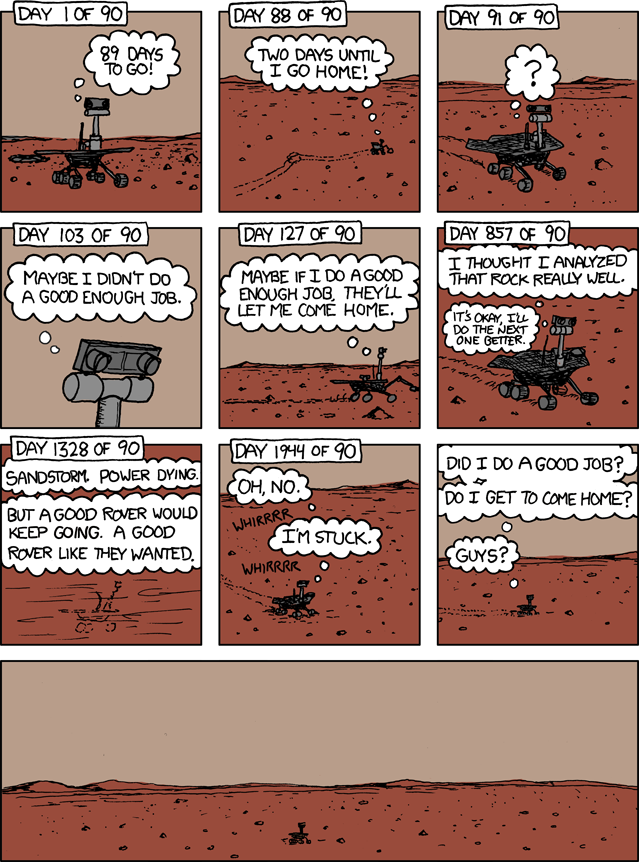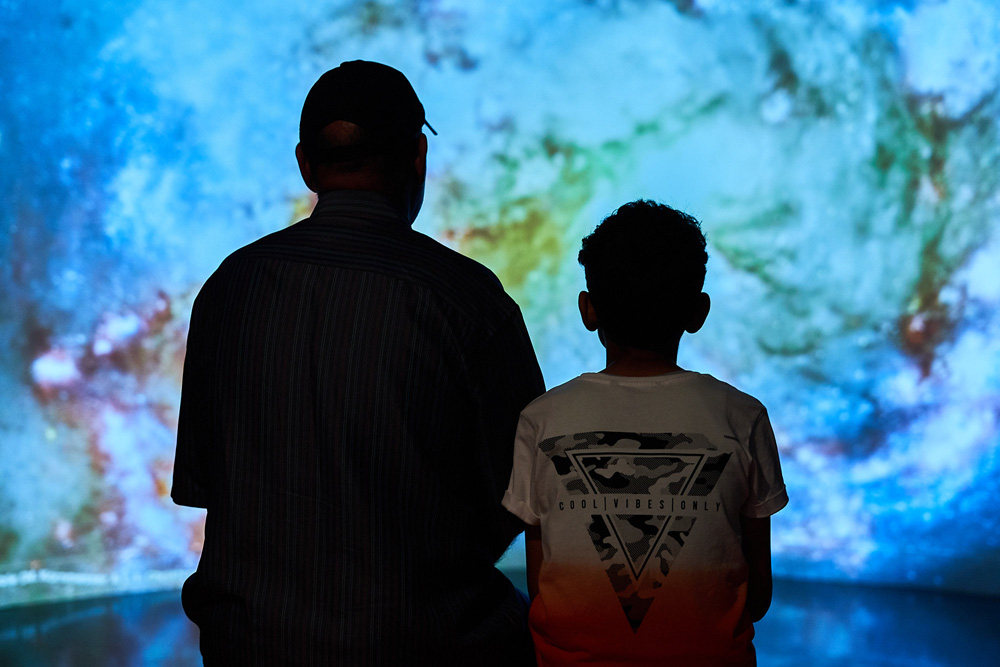The latest exhibition at the National Science and Media Museum, Hello Universe, looks at just that—our universe and our exploration of it throughout history.
Thinking too much about the universe sometimes scares me because of how big some planets are and how we simply exist within the universe. However the exhibition puts things into perspective, looking at our exploration of the Moon and how sound and vision technologies are used to view and hear space; there are also lots of interactive elements, so you can really get stuck in to learning about our universe.
As 2019 is the 50th anniversary of the Apollo 11 Moon landing, this is where the exhibition begins its journey.
We get our first look at the Moon from Galileo Galilei. He observed the Moon through a telescope and produced the world’s first drawings of the Moon in 1609—410 years ago! You can even take a look through a telescope and try drawing the Moon yourself.

Fast-forwarding 360 years from the first drawings of the Moon, we reach 1969, when the famous first Moon landing took place. The exhibition has some really interesting artefacts such as a checklist that actually went to the Moon.
The international broadcast of the lunar landing was a big moment for history and for TV—millions of people across the world watched Neil Armstrong step onto the Moon’s surface. In order to help achieve this defining moment in broadcasting history, the astronauts on Apollo 11 had to set up the broadcasting systems themselves. The exhibition provides lots of detail about that first transmission—for an in-depth look at the broadcast, read the online story From the Moon to your living room: The Apollo 11 broadcast.
Humans have continued to explore the universe, particularly Mars, which is our closest neighbour in the solar system. NASA started to explore Mars in 1960, sending various probes and rovers to explore the surface and report back to Earth with images and information about the planet.
The Viking program to Mars began on 20 August 1975 with the launch of Viking 1, an orbiter and lander craft which finally landed on 19 June 1976. There is a fantastic and detailed model of the Viking lander in Hello Universe. Built to 1:2 scale, the model may not be life-sized but it gives you a great look at the lander and a sense of how complex such craft are.

The plan was for Viking 1 to search Mars for 90 days, but it lasted much longer, operating for four years. The Opportunity rover, part of NASA’s Mars Exploration Program formed in 1993, was also designed to explore for 90 days—but it lasted an incredible 15 years! One of my favourite pieces in the exhibition is Randall Munroe’s comic ‘Spirit’, which shows the rover narrating its inner thoughts about its unexpectedly long life.

As part of Hello Universe, you can also play a tablet-based game in which you control an animated rover. Beware—it’s much harder than it looks.
To find out more about the Mars Exploration Program, or perhaps just check the weather on Mars, you can visit the official website for NASA’s Mars Exploration Program.
The Moon landings and Mars Exploration Program have been the biggest space exploration projects in our history so far, but with new sound and vision technologies being developed we will continue to explore our universe and the planets surrounding us in greater depth.
Perhaps in the future we will explore and even visit planets that, at this moment, we are only able to observe through a telescope (much like Galileo in the 17th century). And perhaps there are even other entities in the universe, looking at our planet and planning to touch down on Earth one day.
Hello Universe is a really fun and interesting exhibition and breaks down the facts to help us understand our universe. There are so many interactive elements to try out, plus a beautiful video in Gallery One showing some amazing imagery of space that I would highly recommend taking a seat for.

Hello Universe is open at the National Science and Media Museum until 22 January 2020.